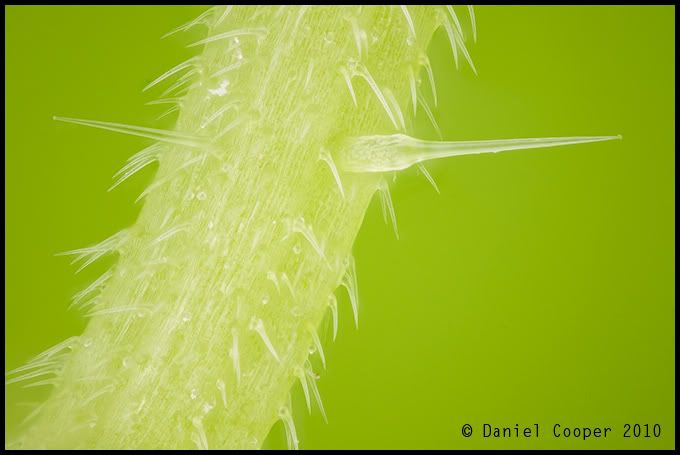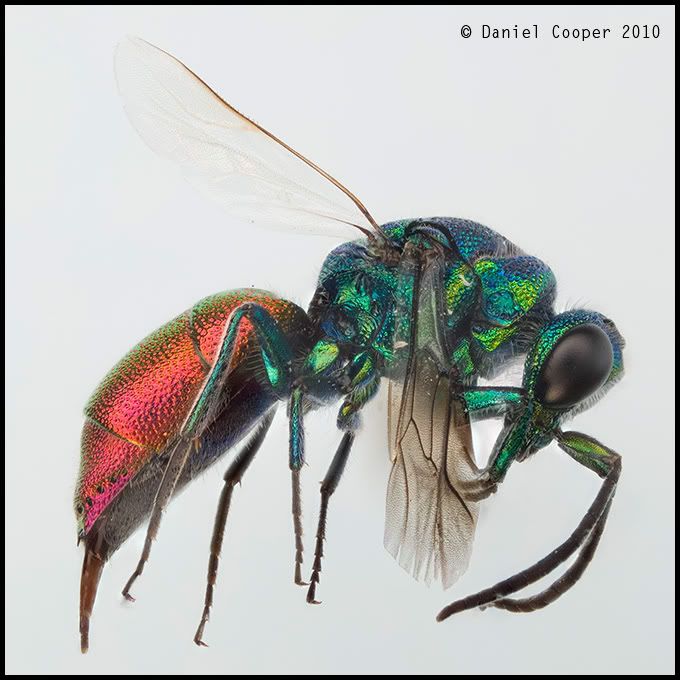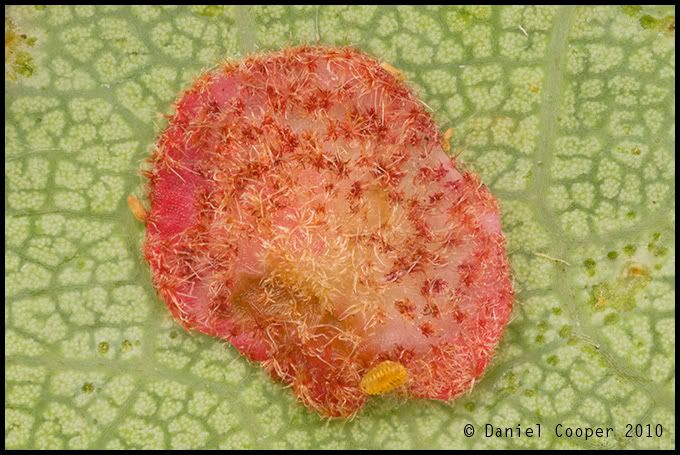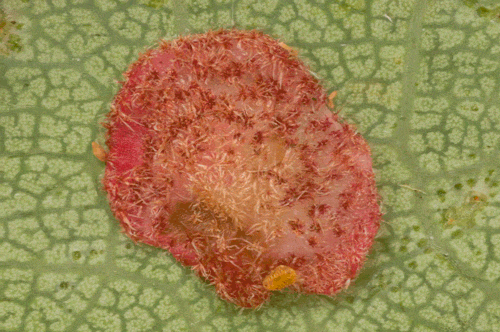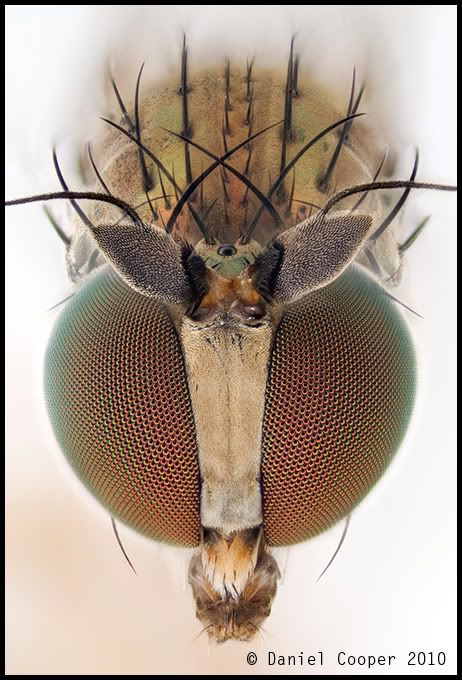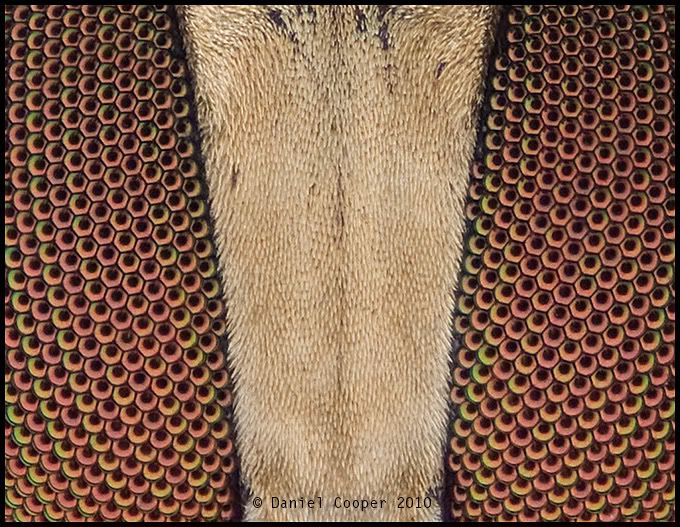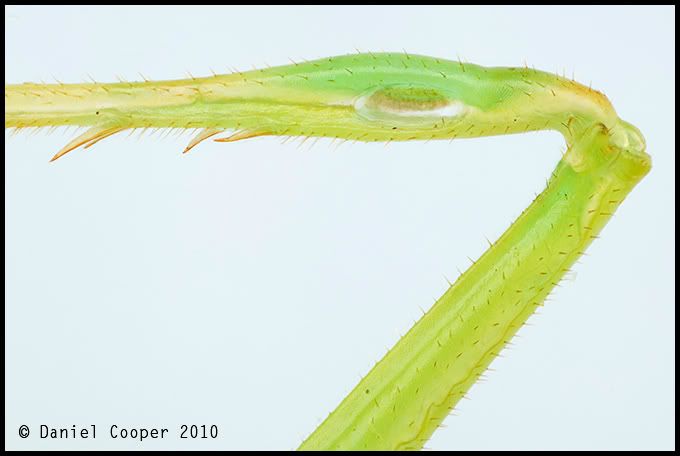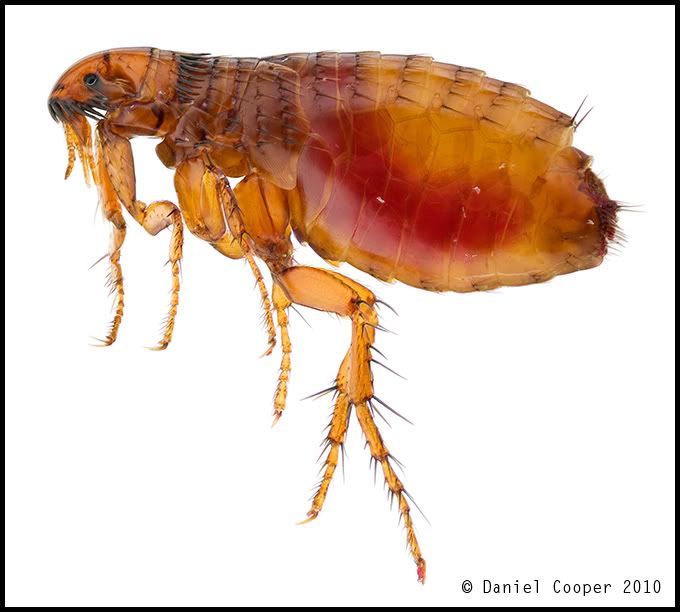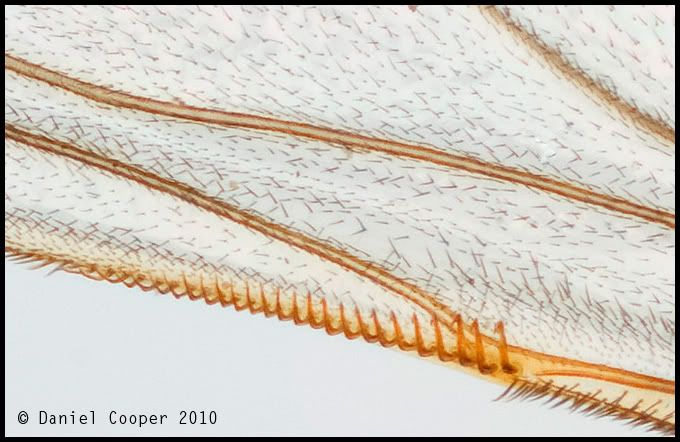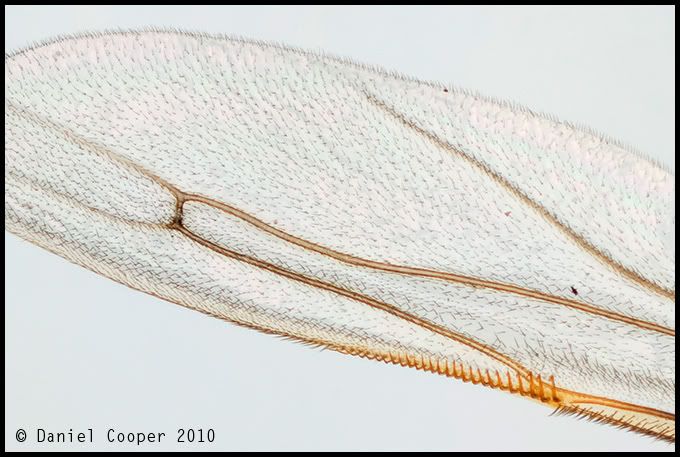Stinging nettles,
Urtica dioica are very interesting but often very annoying plants, they seem to grow best along side paths just where there they are most troublesome, the slightest brush against the plant leaves you with a prickly rash. At least I am glad we do not have the nettle
Urtica ferox which grows in New Zealand its stings have been known to kill dogs, horses and even a human!
The photo shows a section of nettle stem with lots of non stinging hairs and two stinging hairs called trichomes, the stinger on the left frame I don't think is fully developed, it does not have the enlarged base which the trichome on the right has. The plant was only about 5cm tall so it was very young, the stem is just over 1mm thick. The base of the sting is a reservoir containing the cocktail of chemicals which result in the irritation and rash from of a nettle sting, acetylcholine, serotonin, histamine, leukotrienes, moroidin and 5-hydroxytryptamine.
The hollow, silica trichomes have tiny protective tip, it is just about visible in the photo. This tip breaks of easily when touched transforming the hair into a sharp needle that can easily break through skin to inject its toxins.
